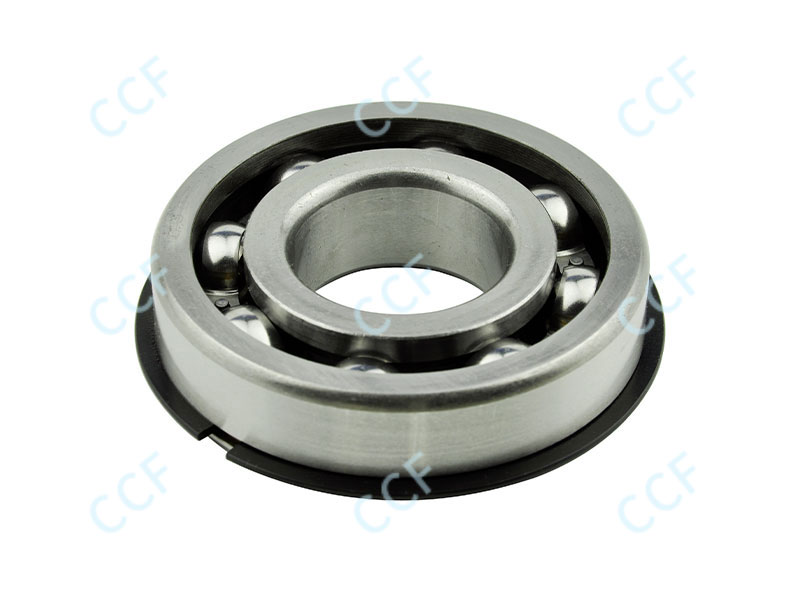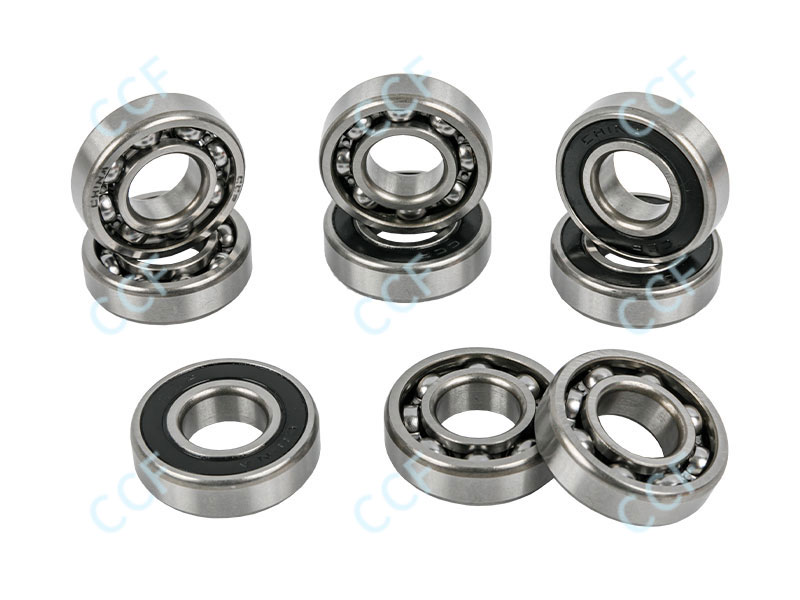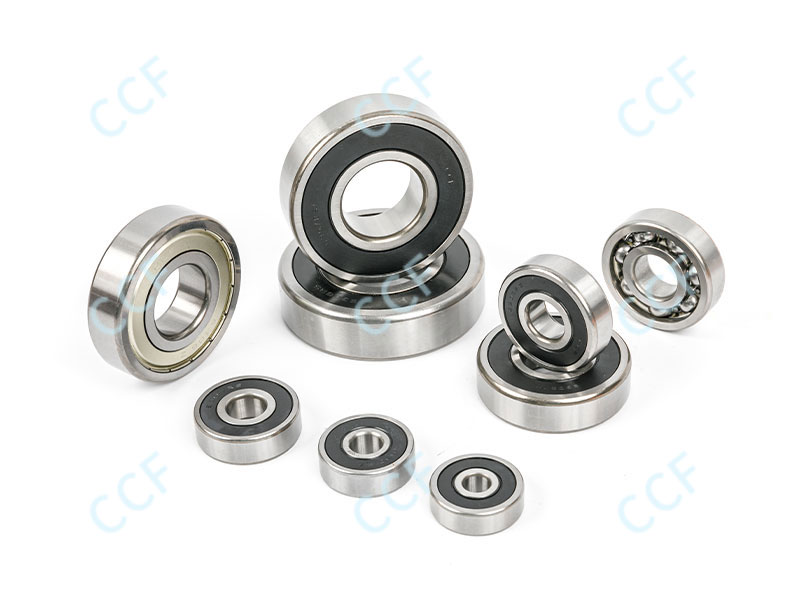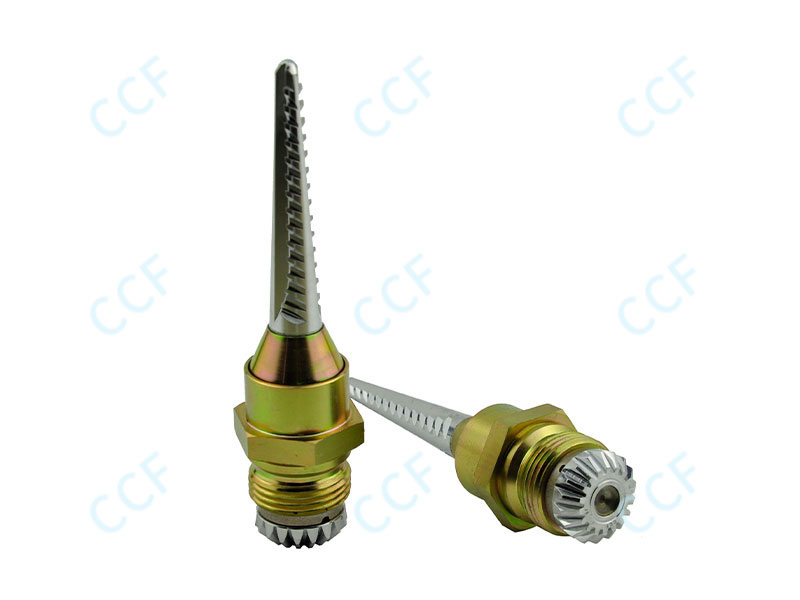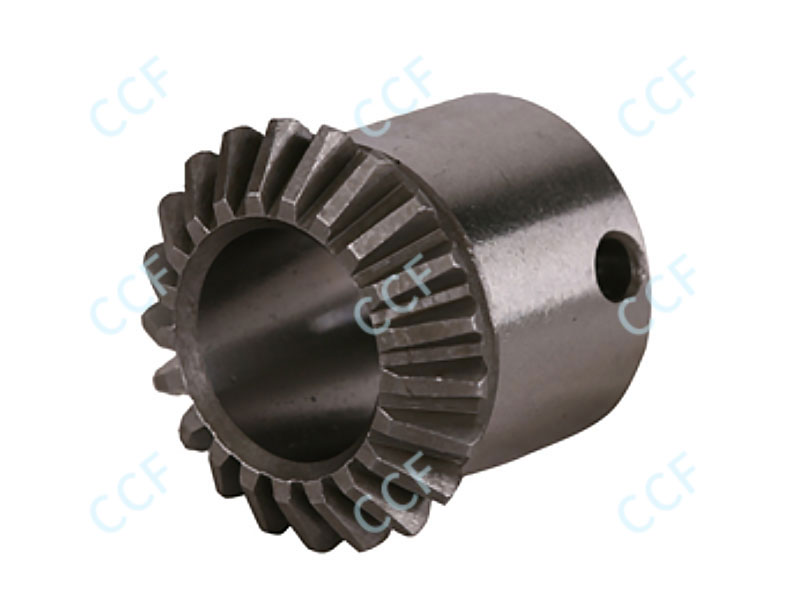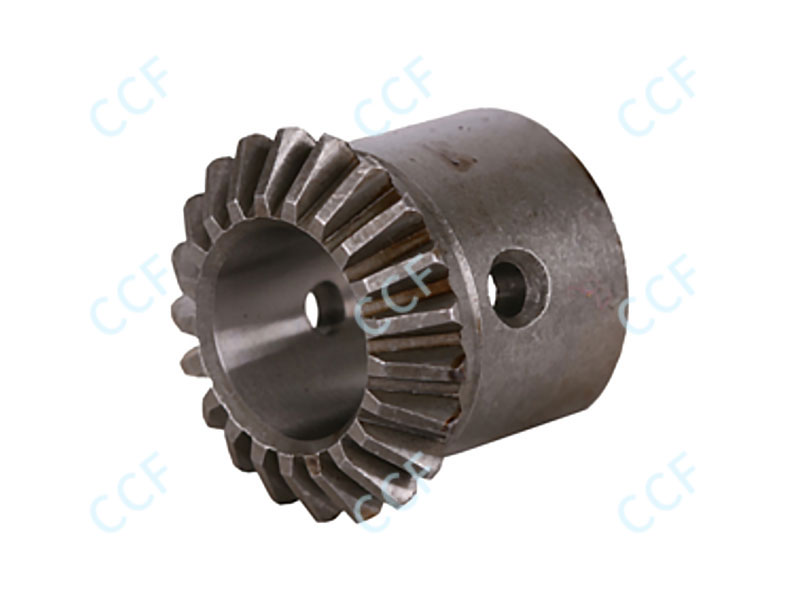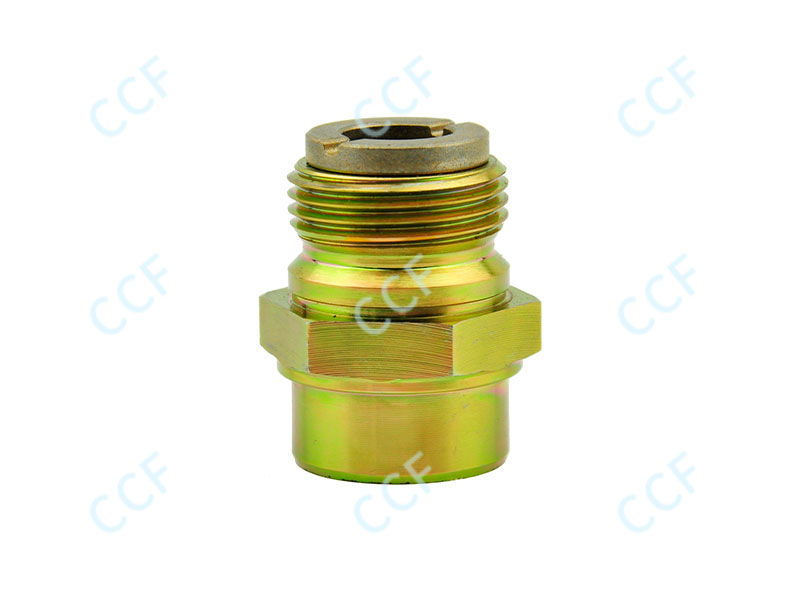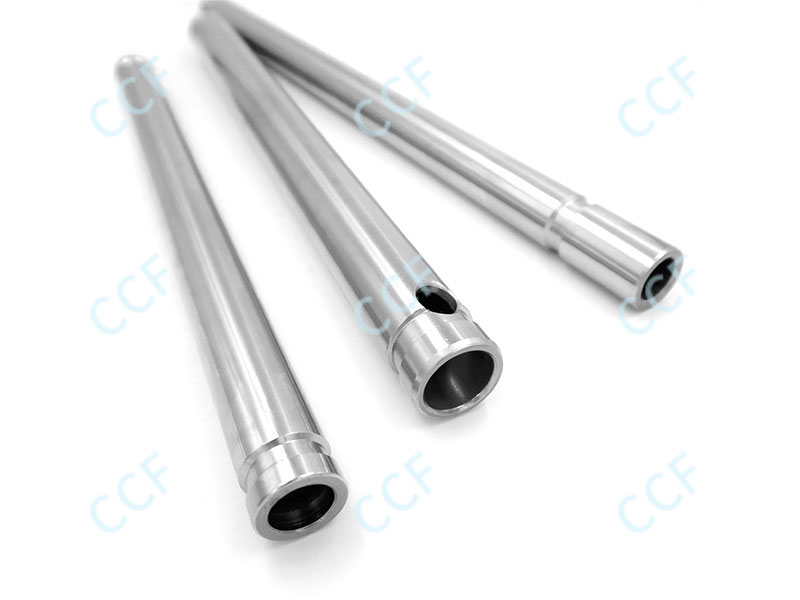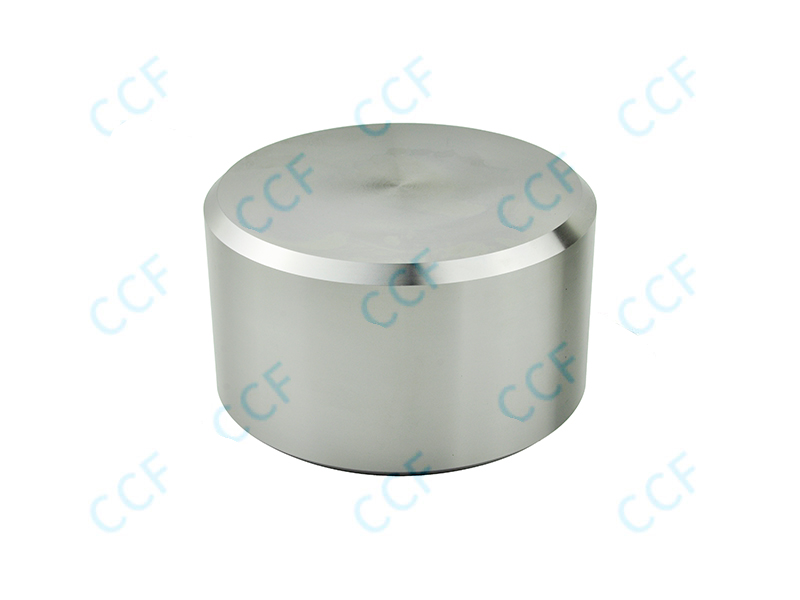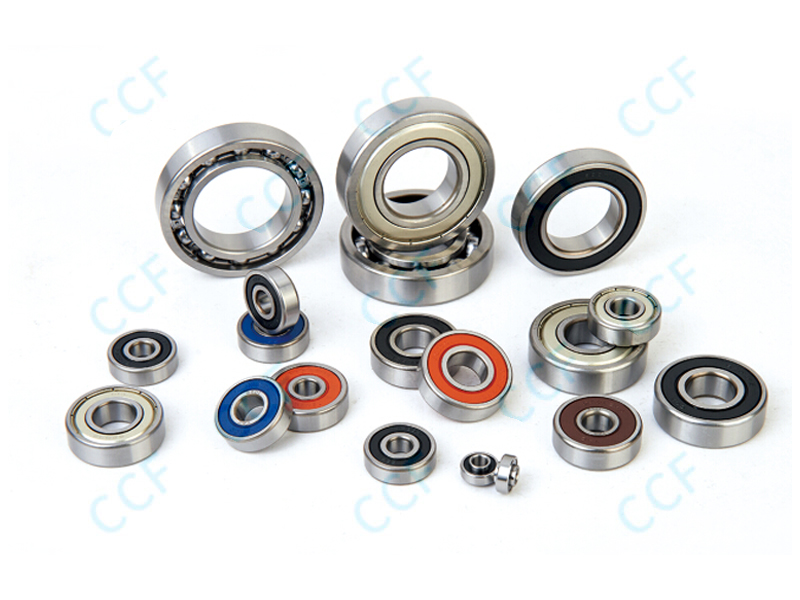Motorcycle bearings are critical components that allow smooth rotation of wheels, shafts, and other moving parts while reducing friction. They come in various types, including ball bearings, roller bearings, and tapered bearings. Each type has specific design characteristics suited for different loads and rotational speeds. Proper installation is essential to maintain the bearing’s performance and longevity while preventing premature failure or damage during operation.
Selecting the correct bearing for a motorcycle application is the first step in preventing installation-related damage. Bearings are rated for load capacity, speed, and environmental conditions. Choosing a bearing with the appropriate specifications ensures that it can handle axial and radial loads without excessive wear. Consideration should also be given to seals, lubrication requirements, and compatibility with the motorcycle’s components.
Proper preparation is crucial before installing motorcycle bearings. Components such as wheel hubs, shafts, and housings should be clean and free from dirt, dust, or metal debris. Surface irregularities should be addressed to prevent uneven load distribution. Bearings should be inspected for damage, and lubricants should be checked for contamination. Using clean tools and gloves helps minimize the risk of introducing debris during installation.
Using proper installation techniques helps prevent bearing damage. Bearings should be pressed or gently tapped into place using appropriate tools such as bearing drivers or hydraulic presses. Force should be applied only to the bearing’s outer or inner race, depending on the installation location, to avoid damaging the rolling elements or seals. Misalignment or excessive force can lead to premature wear or failure. Bearings should be seated evenly and fully within the housing or onto the shaft to ensure consistent performance.
Proper lubrication is essential to prevent damage during installation and operation. Bearings may come pre-lubricated, or additional grease or oil may be required. The type and quantity of lubricant should follow the manufacturer’s recommendations. Lubrication reduces friction during initial operation and helps prevent overheating or metal-to-metal contact. For sealed bearings, care should be taken not to damage seals when applying force during installation.
Temperature control can assist in bearing installation. In some cases, bearings are lightly heated to allow expansion and easier placement, while shafts or housings may be cooled to facilitate a smooth fit. Extreme temperatures should be avoided, as overheating can degrade bearing lubrication and seals. Environmental factors such as moisture, dust, and corrosive substances should also be controlled to prevent contamination that could damage the bearing during or after installation.
Bearings must be secured according to recommended torque specifications for nuts, bolts, or retaining devices. Over-tightening or under-tightening fasteners can create uneven load distribution or movement within the bearing, leading to premature wear. Using calibrated torque tools and following manufacturer instructions ensures that the bearing remains properly seated and aligned, reducing the risk of damage over time.
Several common mistakes can cause bearing damage. Applying force to the wrong part of the bearing, using inappropriate tools, neglecting to clean components, or failing to lubricate properly can all lead to early failure. Additionally, forcing a bearing into a misaligned housing or onto a shaft that has burrs or surface irregularities can compromise the bearing’s integrity. Awareness of these risks and adherence to proper procedures is essential for reliable installation.
After installing motorcycle bearings, a thorough inspection helps ensure proper placement and function. Rotate the assembly manually to detect binding, unusual noise, or resistance. Check for even seating and alignment with adjacent components. Bearings should rotate smoothly without play or wobble. Early detection of potential issues allows for correction before the motorcycle is put into operation, reducing the likelihood of bearing damage.
Even after proper installation, regular maintenance is important to prolong the life of motorcycle bearings. Routine lubrication, periodic inspection for wear or contamination, and monitoring for unusual noise or vibration help maintain optimal performance. Bearings should be replaced according to the manufacturer’s recommended intervals or if any signs of wear or damage are observed. Consistent maintenance reduces the risk of sudden failure and ensures safe operation.
| Practice | Details |
|---|---|
| Clean components | Ensure shafts, housings, and bearing surfaces are free from debris and contaminants before installation. |
| Use proper tools | Employ bearing drivers, presses, or hydraulic tools designed for the specific bearing type. |
| Apply correct force | Press or tap only the designated bearing race to avoid damage to rolling elements or seals. |
| Follow lubrication guidelines | Use recommended grease or oil, ensuring proper coverage without contamination. |
| Check torque specifications | Fasten nuts or bolts according to manufacturer-specified torque to maintain correct seating and alignment. |
| Inspect post-installation | Rotate components manually to ensure smooth operation and correct alignment before full operation. |
